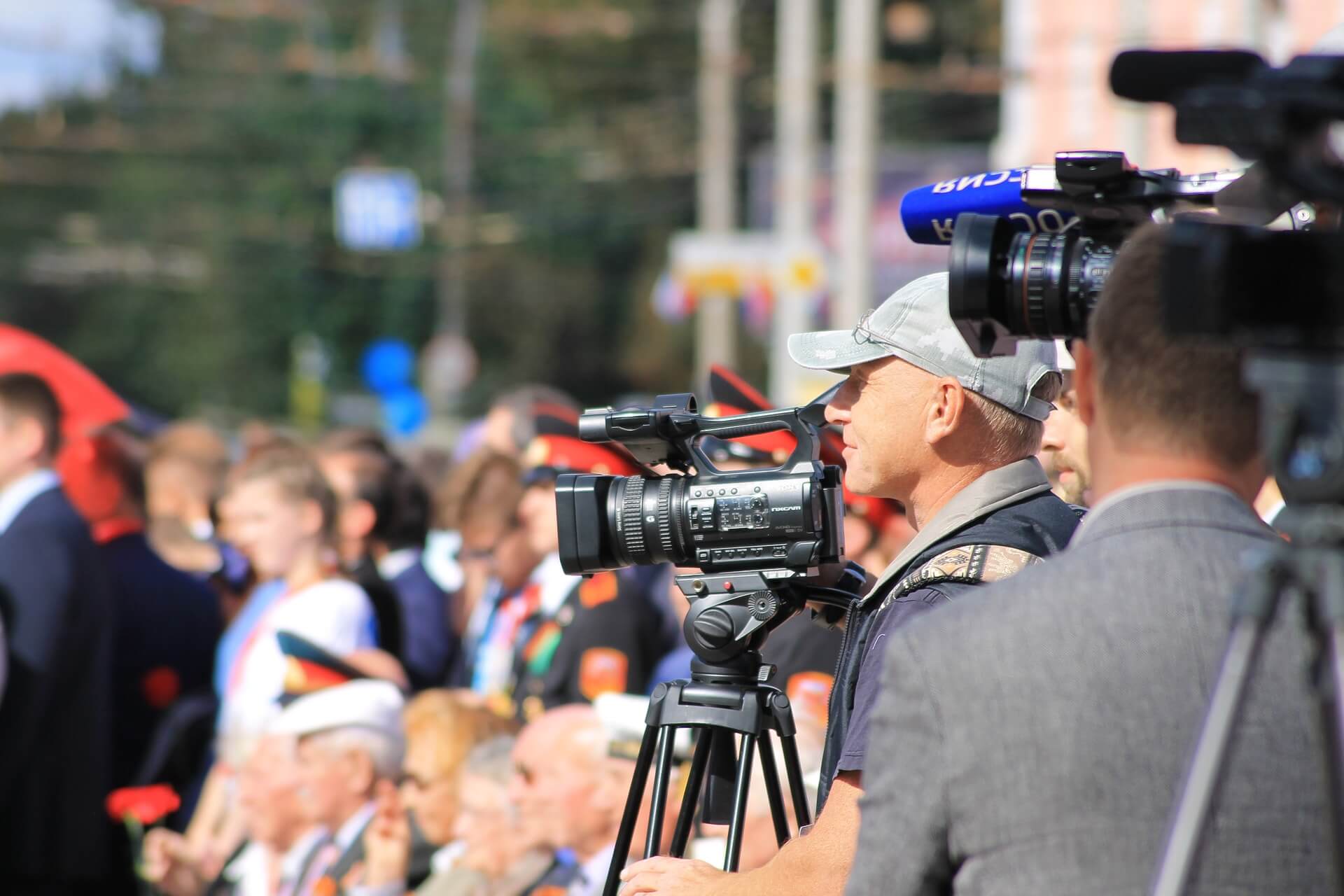Whether you are streaming a corporate event or a wedding, you want everything to go smoothly. For that to happen, you need top-quality gear and knowledge on how to install everything right. Here are the basics that you should know about live streaming equipment setup!
What Equipment You Will Need?
Here is a quick overview of how to establish what gear you need for the event:
- Cameras – a single camera will do, but streaming large events is better with multiple units. Try to find a newer camera suitable for broadcasting and don’t forget to consider tripods.
- Microphones – you can rely on the sound that the camera captures. But if you want things to be professional and the event features speakers, quality microphones become essential.
- Platform – finding a reliable platform is essential to secure stable broadcasting during the entire event.
- Video encoder – the job of the encoder is to convert and send the signal over the internet. You might need capture cards, which require a powerful PC.
Step 1: Check the Location
The first thing to do is to visit the location for live streaming. You will need a stable internet connection with a high upload bandwidth. It should be at least 1-2Mbps more than the planned stream’s bitrate.
Next, check where you can place the computers while considering the power supply and where the cables will go. Planning is critical if you want to install everything right.
Step 2: Install Cameras
After designing a plan, move on to placing cameras. A single device might be sufficient for a small event, but if you want different angles, more cameras could deliver a better viewing experience.
Establish whether you need operators to control the camera. Finally, don’t forget to secure the video devices. You don’t want anyone knocking them over by accident since repairs could be expensive.
Step 3: Check the Audio
It would be easier if the location had its own infrastructure. Some churches and conference rooms have speakers and microphones that work well and can serve for the stream.
Alternatively, you might need to set your own audio. If that is the case, consider the placement of the speakers so that they can deliver the best sound quality.
Step 4: Get All Details Right
The final step is to configure everything and check if the equipment is good to go. Use your PC and suitable streaming software to test the stream. Depending on the app, you can create a stream’s layout with the event’s logo and other details.
While testing the stream, see if audio and video are synchronized. Sync issues are quite common, which is why you should consider using an audio inserter.
You can ask a friend or family member to connect to the stream and see if everything works well. Once you get the confirmation, you will be ready to go. However, don’t forget to be close in case anything goes wrong during the event.
Live streaming is a great opportunity to share events with others, but it can be a hassle to do everything on your own. The equipment can be expensive, especially if you don’t plan on using it frequently. That is why it might be a smart choice to contact professionals with extensive live streaming experience. It is the best way to ensure everything goes smoothly.


0 Comments